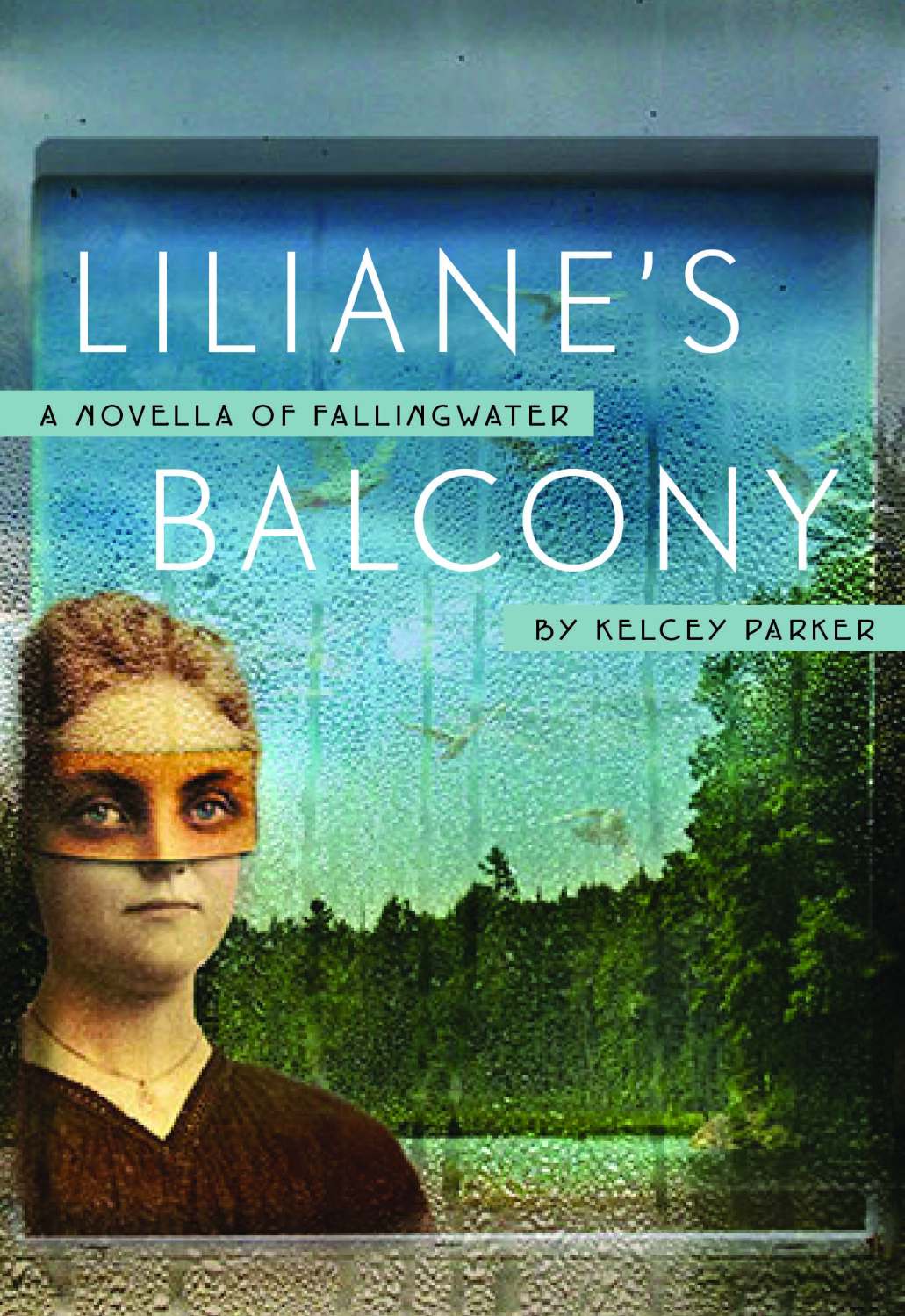I was initially invited to participate in this Writing Process Blog Tour by the fabulous Rebecca Meacham, whose fiction I admired even before the publication of her debut and award-winning story collection, Let’s Do. She was ahead of me by a few years in my Ph.D. program and I always admired and looked up to her – despite the fact that I think she’s a foot shorter than I am. Check out her post from last week.
Then, when I was just about to send a message to My Go-To Guy – the dangerously charming and talented Joseph Bates, author of the story collection Tomorrowland – inviting him to participate, I received a text from him, and he was inviting me. Like at the exact same time! Since he was up first, we decided he could tag me, and I’d tag other writers. Check out his post here, and see below for the three awesome writers who agreed to do it next week.
So anyway. Here are the questions and here are my answers.
1) What are you working on?
My personal life, mostly. It’s been a year in which I’ve felt more like a character in a novel than creator of characters. And things are never easy for characters in novels. So many internal and external conflicts! So many unexpected plot twists and cliffhangers! Obstacles! Antagonists! Only now do I feel that things are settling down enough that I can be the kind of character I prefer: Mrs. Dalloway wandering the streets of London, pausing as Big Ben rings another hour (irrevocable) and pondering the messages of aeroplanes.
2) How does your work differ from others of its genre?
I am not very generically stable. Fortunately I’ve found a publisher – Rose Metal Press – whose mission is to mix-and-match genres. I sent them the manuscript for Liliane’s Balcony, calling it a “novella-in-flash.” I’d never heard of such a thing, but they were like, yeah, sure, we love novellas-in-flash. This fall they’re publishing a collection of five novellas-in-flash.
Rose Metal Press is also going to publish my next book, The Bitter Life of Božena Němcová, which I am calling a collage biography. It’s all found texts from books and letters and internet sites. It’s also got images – photos, collages. It may or may not also include postcards that I’ve been writing to Božena. Stuff about my aforementioned personal life.

3) Why do you write what you do?
I go to Frank Lloyd Wright’s Fallingwater house on a chance trip to Ohiopyle, PA, I take a tour, I am overcome by the place, by its natural and architectural beauty, I think OMG I have to write a story set here, I listen to the tour guide who tells of the Kaufmann family who purchased the house, I remember being a kid in Pittsburgh and going to the Kaufmann department store, I think, “Same folks?” I go home and read up on the house and the Kaufmanns and I learn that the wife Liliane was beautiful and smart and tri-lingual and an art collector that her life ended in an overdose of pills in her bedroom at Fallingwater. I start writing.
Or. I go to Prague on a chance trip, I buy a book of Czech fairy tales for my daughter, I notice that there’s a picture of a woman (a woman!) on my Czech money and that her name matches the name on the fairy tale book, I do some research to learn more about her, I find conflicting info, poor translations, and outdated material, I find that someone has translated some of her letters and they are nothing like what I expected based on the research, and I take all my notes and quotes and arrange them until they tell some combination of her life and the impossibility of telling it.
4) How does your writing process work?
My favorite part is the research. I don’t think we talk enough about the importance of research, or the fun of it. You get to work on your writing project without actually writing, and research gets you excited and loaded with ideas so that you can’t help but write.
For Liliane’s Balcony, I volunteered as an Ask-Me Guide at Fallingwater, traveling to Ohiopyle, PA once a month and volunteering all weekend, talking to visitors and employees. I traveled to Cincinnati where I uncovered an archive of letters from Edgar Kaufmann to Liliane. I took photos of each letter, transcribed them at home, and incorporated excerpts into my book. I toured Wright’s other houses in Chicago. All of this informed and inspired my writing.
For my Božena Němcová project, I took a month-long Czech language class in Prague, visited her home town of České Skalice, and toured the extensive museum dedicated to her in the town. (I also got totally lost in this unpopulated village of non-English speakers.) I went to a used bookstore in Prague and bought old copies of her books to make collages. Most recently, I bought a 1968 Czech typewriter on eBay. All part of the writing process.

A sketch I made of Bozena’s glasses, pen, notebook, and rosary displayed at her museum in Ceska Skalice.
—————————
Here are the three writers who I have tagged for next week. And when I say ‘tag,’ I picture myself holding a magic wand that sparkles as I touch it to their shoulders.
Donna Miscolta is the author of the novel When the de la Cruz Family Danced. Her fiction has appeared in literary journals, and her story collection Natalie Wood’s Fake Puerto Rican Accent was selected by Peter Ho Davies as a finalist for the 2010 Grace Paley Prize for Short Fiction. She has received over a dozen grants and fellowships and has been awarded artist residencies at Anderson Center for the Interdisciplinary Arts, Atlantic Center for the Arts, Hedgebrook, and Virginia Center for the Creative Arts. See her website and blog at www.donnamiscolta.com. [I also interviewed Donna for my How to Become a Writer series!]
David Dodd Lee is the author of eight full-length books of poems and a chapbook, including Downsides of Fish Culture (New Issues Press, 1997), Arrow Pointing North (Four Way Books, 2002), Abrupt Rural (New Issues Press, 2004), The Nervous Filaments (Four Way Books, 2010) Orphan, Indiana (University of Akron Press, 2010), Sky Booths in the Breath Somewhere, the Ashbery Erasure Poems (BlaxeVox, 2010), and The Coldest Winter On Earth (Marick Press, 2012). His newest book, Animalities, is forthcoming from Four Way Books in October, 2014. [He also makes gorgeous collages! Visit: http://seventeenfingeredpoetrybird.blogspot.com/]
Margaret Patton Chapman is the author of the novella-in-flash, Bell and Bargain, forthcoming in My Very End of the Universe: Five Novellas-in-Flash and a Study of the Form (Rose Metal Press 2014). http://margaretpattonchapman.com/






















